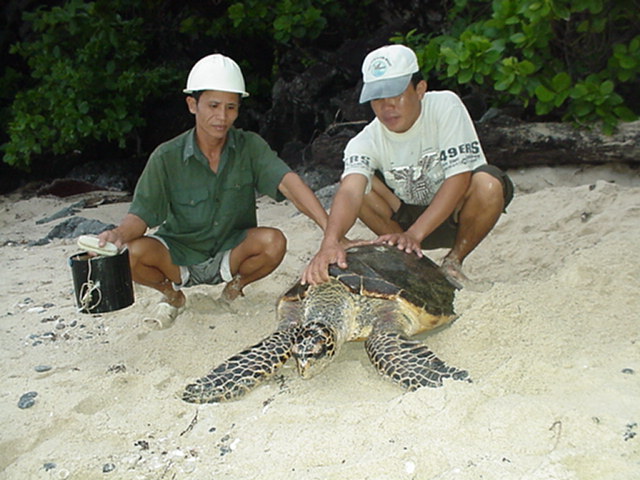Knowledge of environment and genotype × environment interactions are important to develop stable biofortified cultivars or to design location-specific breeding in any biofortification program. In lentils, accumulation of Fe, and Zn in the seeds varies with the weather, location, and soil conditions such as nutrient hungry soil, high pH, temperature, precipitation, and soil organic matter. Multilocation testing of varieties/advanced lines of lentil in Bangladesh, Ethiopia, India, Nepal, and Syria showed significant genotype × environment (G × E) interaction for Fe and Zn. It has been observed that Fe concentration is more sensitive to environmental fluctuations compared to seed Zn concentration. Our study also suggested that high iron and zinc can be combined in short duration varieties without compromising the grain yield.
